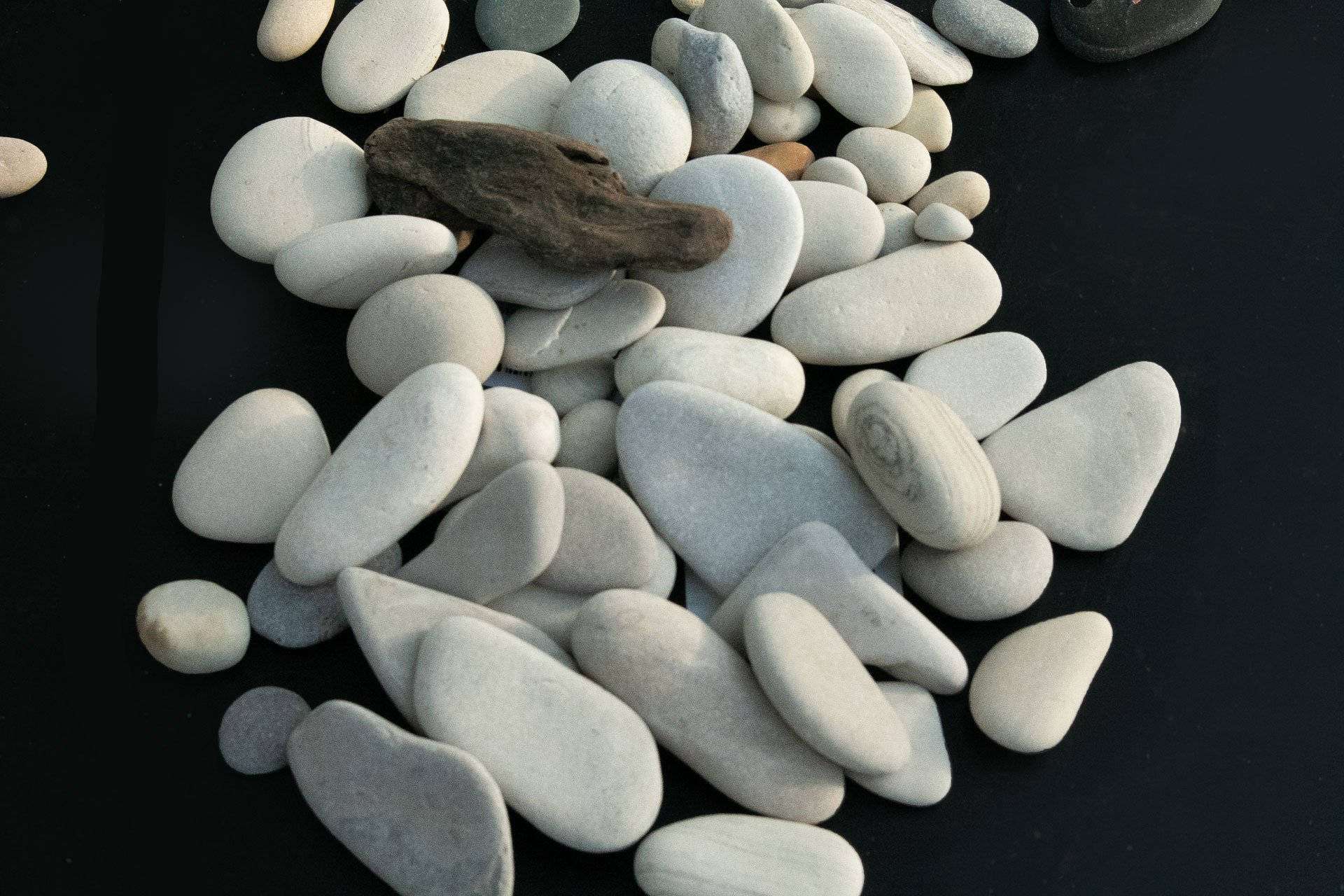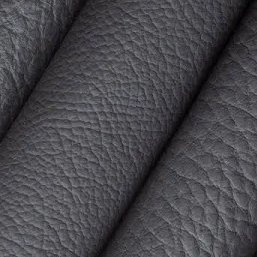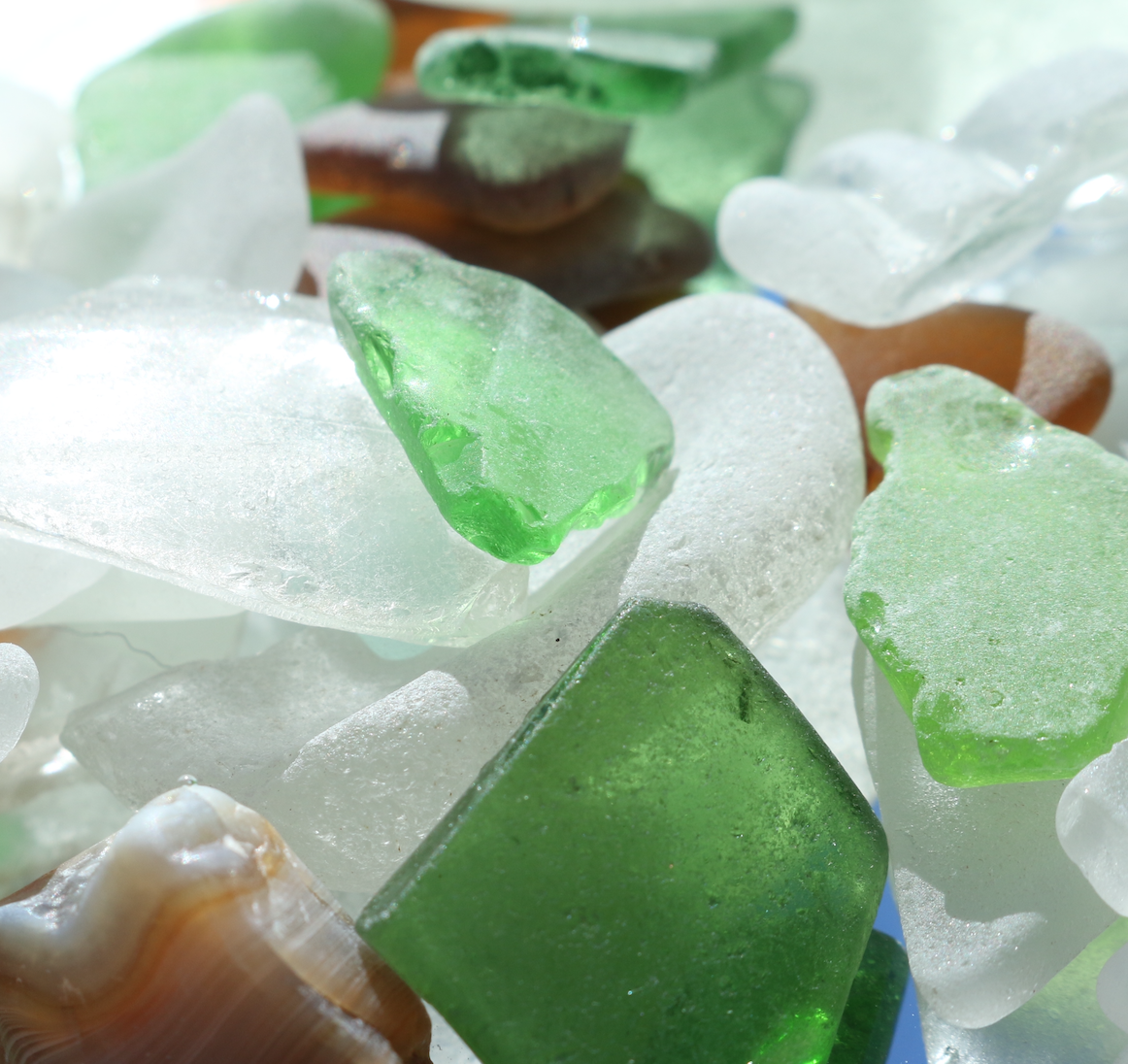Materials that inspire art:
Wood. Metal. Stone. Fiber.
Wood
It’s such a pleasure working with hardwoods. Each species has its own distinct color, grain, and density — each suited to particular cuts that bring out its features. Those unique natural qualities then become part of each piece of jewelry.
-
Beech is a blonde wood with grain suited to bending. It’s a domestic species found across the northern hemisphere.
-
Birdseye and Tiger are two of the characteristics found in hard maple. Birdseye has a beautiful figure and bends well. The tiger maple being used is up-cycled and very limited in size and availability.
-
Black Palm grows in Southeast Asia and South America. It has a long, black grain surrounded by a blond grain, which give it an interesting and unique look from side and ends.
-
As the name suggests, bloodwood, or cardinal wood, has colors ranging from a deep red to a vibrant red, and can even have stripes in a golden hue. It can darken slightly with aging.
The species can be found in northern Australia, Venezuela, Peru, Panama, and Brazil. -
Cocobolo’s grain pattern moves from linear to wavy and has gorgeous color shifts. It polishes beautifully and is quite dense and strong. It’s a favorite to work with.
The species is native to Mexico and parts of Central America.
-
Ebony is native to Sri Lanka, India, Angola, and Brazil. Black & White Ebony is a favorite for its color and pattern.
-
Ipé, or Brazilian Walnut, is extremely dense, which can make it difficult to work with, but the walnut color, fine grain, and finish are absolutely stunning.
-
Leopardwood is very distinct and ornamental. It’s color is a reddish-brown with lighter “spots”. Depending on the angle of the cut, those spots can be purposefully elongated.
-
Olivewood is one of the most sought after species for fine woodworkers. Its a favorite here as the grain is somewhat irregular, but graceful. The color is light and golden, the texture is buttery.
-
Purpleheart is another favorite here — for the color. It isn’t the easiest to work with because of it’s oil content, but it’s worth the effort for the right pieces.
-
Spalted maple has beautiful features because it sits uncut in nature. Essentially it starts to decompose and the resulting dark brown lines and holes give it its character. Its aging is caught at the perfect time when the grain is largely intact and the stability of the wood is maintained.
-
This species from Cameroon might be the preferred wood here. It has strong lines of alternating golden-brown and reddish-brown. It really glows.

Metal
The metal of choice for Gabbro is Argentium®, 940/960 silver, for its shine, color, and tarnish resistance. 925 sterling silver is also common. Copper, and 24K gold leaf are used for accents as well as rhodium-plated brass.

Stone
Gabbro hails from the Great Lakes region, so many of the stones used are local. Here we have a variety of fossils, limestone, agates, jasper, thompsonite, quartz drusy, and many other gorgeous stones and crystals for lapidary work. Others like snowflake obsidian, pyrite and lapis come from around the world.

Fiber
Felted wools, silk blends, and cotton are all part of making these unique works of art. Acrylic roving may also be a hypoallergenic option for those commissioning a piece.




Other Materials
Acrylic, leather, and seaglass are used in select designs. Synthetic rubber cord* is used for many necklaces. The statement below is on our supplier’s product page for the cord, so that information is passed on to you:
*This product can expose you to chemicals including phthalates, which are known to the State of California to cause cancer and birth defects or other reproductive harm. For more information go to www.P65Warnings.ca.gov

